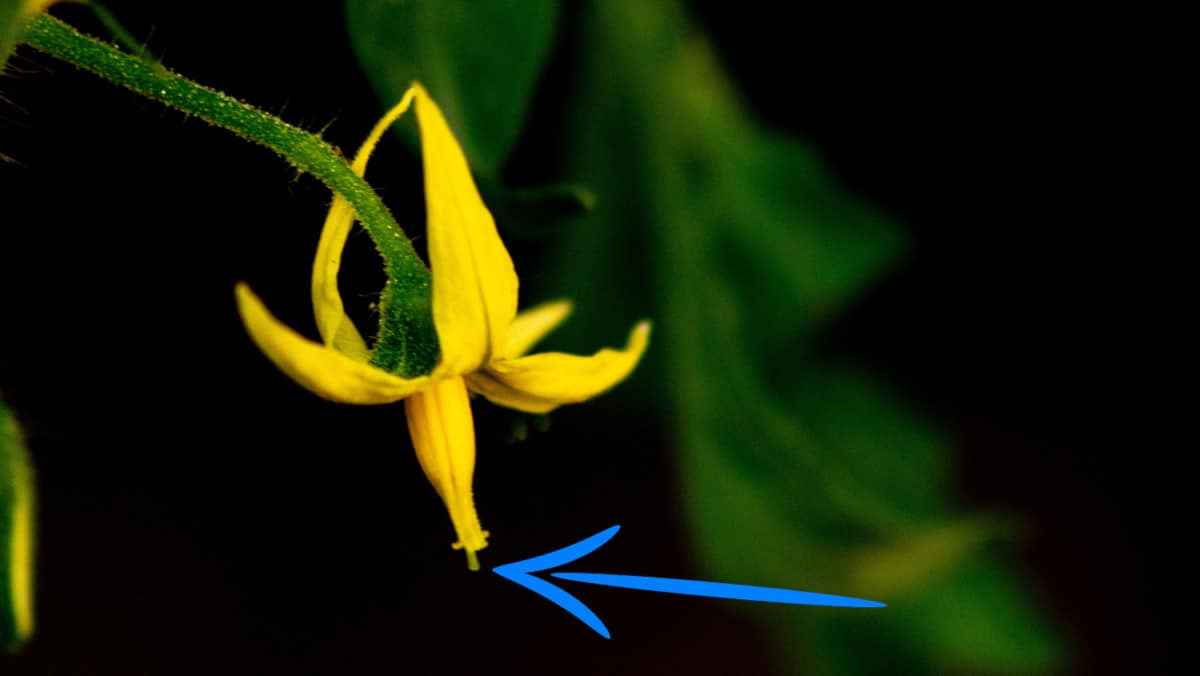Tomatoes are a staple in most gardens, and often home gardeners are tempted to try new varieties to see what grows best in their area, what tastes best, or just to add diverse colors and flavors to their salads and sandwiches.
There are concerns about whether it’s okay to plant tomatoes of different varieties in the same bed, or if you have to isolate them. The truth of the matter is that home gardeners do not have to worry about planting different varieties together. In fact, you can have a row of tomatoes of all different varieties. But if you want to save the seeds for the next year, you will need to take an extra step to isolate the seeds.
On this page:
Can Different Varieties of Tomatoes Be Planted Together?
Different varieties of tomatoes can be planted together and won’t affect each other’s growth, health, or yield. If you don’t intend to save the seeds, there is nothing else you need to do. However, if you want to save the seeds of a specific variety you will need to isolate the flowers to prevent cross pollination.
There are only two situations in which planting different varieties of tomatoes together can be a problem. The first is when you are concerned about cross pollination. While cross pollinating tomatoes won’t affect your current crop, it will hybridize the seeds if you want to save them the following year.
If you want to save the seeds and avoid cross pollination, you can tie a mesh or cloth bag over the unopened flower clusters, wait until the flowers have self-pollinated and started bearing fruit, then you can remove the bag and have isolated seeds to save for the next season.
The other potential problem is if you are planting tomato varieties with very different growth habits. A short, dwarf tomato variety planted between two indeterminate tomato varieties will get shaded out by the larger plants later in the season.
Do Tomatoes Crossbreed?
Although tomatoes are self-pollinators, tomatoes can and do crossbreed. Cross pollination occurs when the pollen of one tomato variety pollinates the flower of another variety, usually via insect pollinators such as bees.
Whether or not tomatoes cross pollinate depends on a variety of factors, such as distance between between the plants, the number of pollinators around, and the length of the style, which is the long central part of the flower that accepts pollen. Tomatoes with styles that poke outside the pollen/anther tube are more easily cross pollinated, while tomatoes with shorter styles are less likely to be cross pollinated.

What Happens When Tomatoes Cross Pollinate?
Many tomato gardeners have questions about what happens if tomatoes of different varieties cross pollinate. Will the tomatoes taste different? Can you still save the seeds from those tomatoes?
When tomatoes cross pollinate, the genetic material of the two tomato varieties will combine and the seeds will be hybridized. Cross pollination will not affect the fruit, only the seeds inside. If you plant those seeds, the next generation (called F1) tomato plant will have a mix of characteristics of the two parent tomato plants.
For example, if you take the pollen of a large beefsteak tomato and pollinate a cherry tomato flower, the fruit will still develop into a cherry tomato and will not look or taste different, but the seeds inside will be hybridized. If you take those seeds and plant them, the next generation will have a mixture of characteristics of the two parents, perhaps producing medium-sized tomatoes.
Cross pollinating, therefore, is only a concern if you want to save the seeds of tomatoes and keep the same characteristics of that variety year after year.
How Do You Keep Tomatoes from Cross Pollinating?
For home gardeners, the easiest way to keep tomatoes from cross pollinating is by physically blocking pollinators like bees from getting to the flowers. Tie a mesh bag over unopened flower clusters to allow airflow and avoid overheating, then remove when the clusters start bearing fruit.
The mesh bag method is by far the easiest and most effective method as tomatoes cross-pollinate via pollinators like bees, not from the wind, although wind can play a role in dense plantings of tomatoes.
The other method, used by commercial tomato seed producers, is by growing the tomatoes separately. However, the distance required varies greatly. According to Dr. McCormick at Southern Exposure Seed Exchange, in areas with little to no natural pollinators, keeping different varieties 10 feet apart is sufficient. However, distances of 50 to 150 feet or more may be necessary to ensure seed purity outside.
Note: If you don’t intend to save the seeds, you do not need to worry about cross pollination. Cross pollination will not affect the current generation of tomatoes, only the next generation of tomatoes planted from their seeds.
Related Questions About Tomato Pollination
Can You Save Cross Pollinated Tomato Seeds?
Yes, you can save tomato seeds that have been cross pollinated. However, if you plant those seeds, you will get a different tomato plant than the original parent.
Will Tomatillos Cross Pollinate with Tomatoes?
Although tomatillos are very closely related to tomatoes, they cannot cross pollinate.
Can Tomatoes Cross Pollinate with Peppers?
Tomatoes cannot cross pollinate with peppers, although they are in the same nightshade family.
There are some old wives’ tales suggesting growing tomatoes next to hot peppers will produce spicy tomatoes. This is not the case. Peppers are distant cousins of tomatoes but they are genetically incompatible with them.
